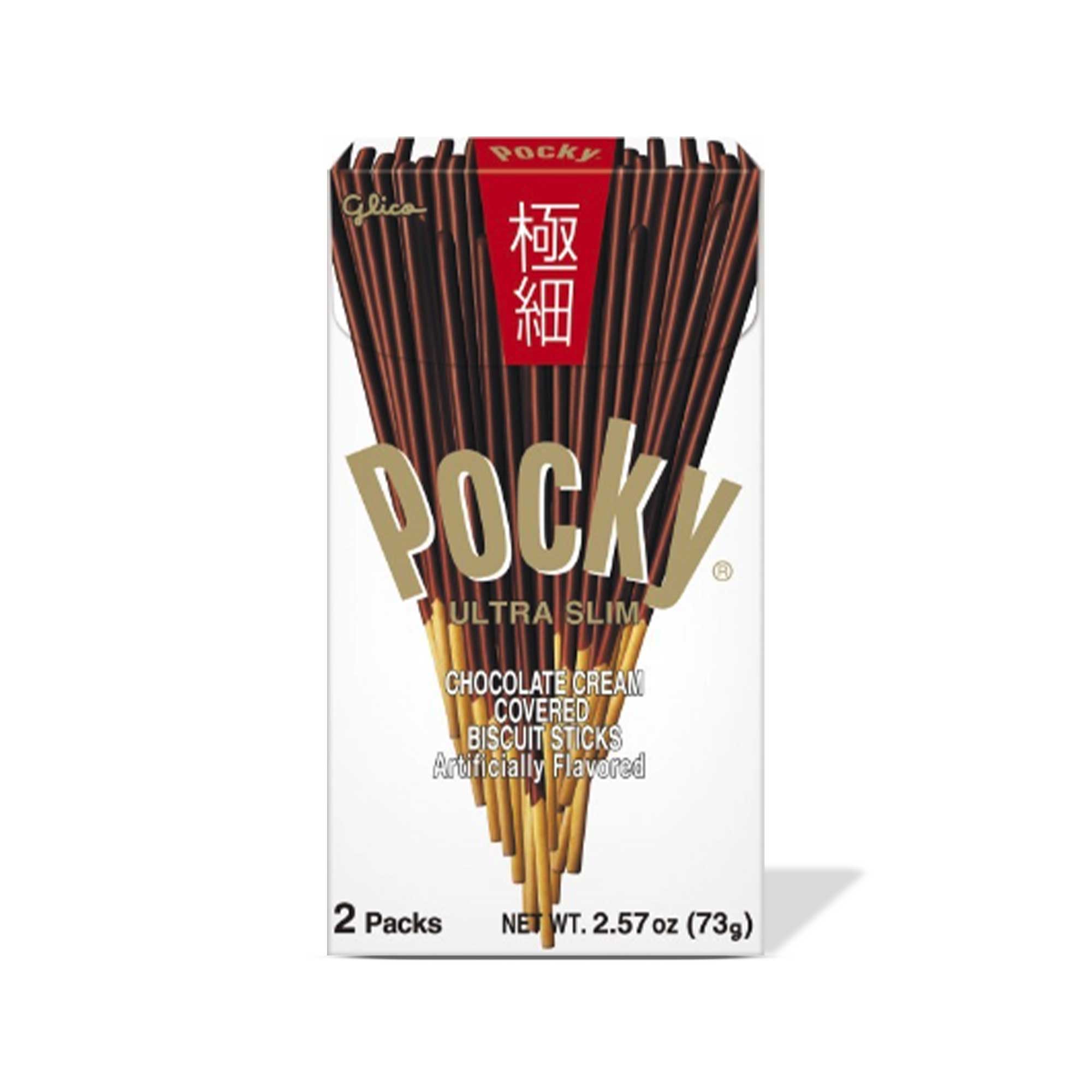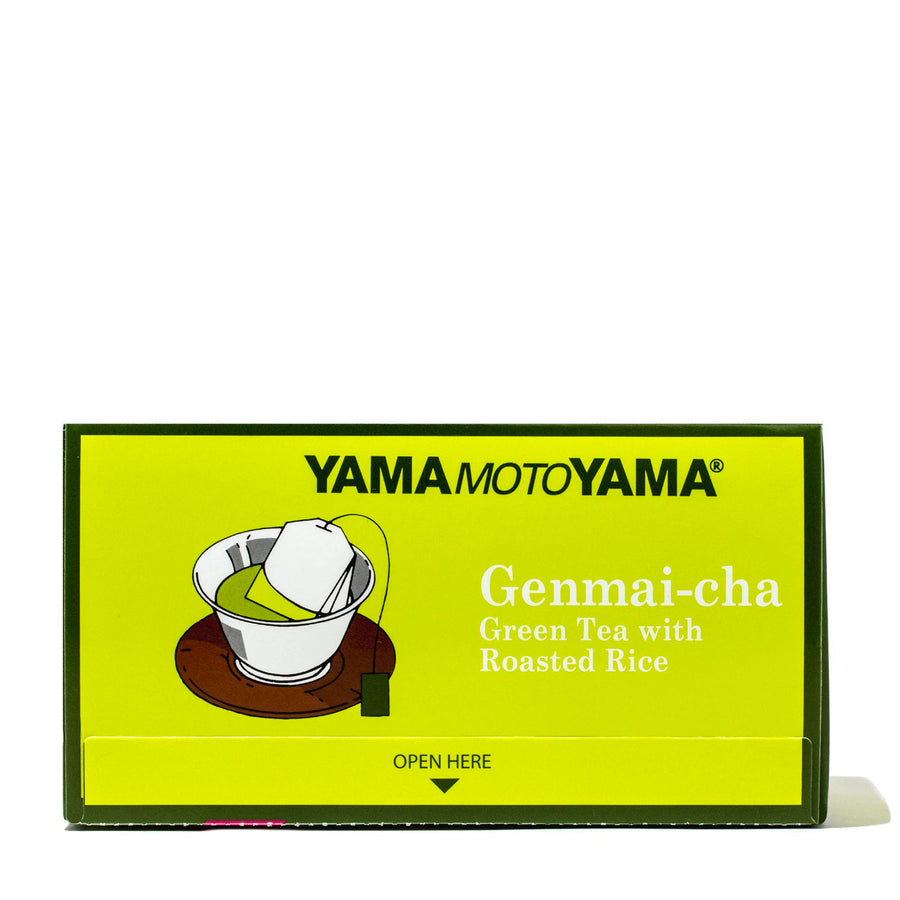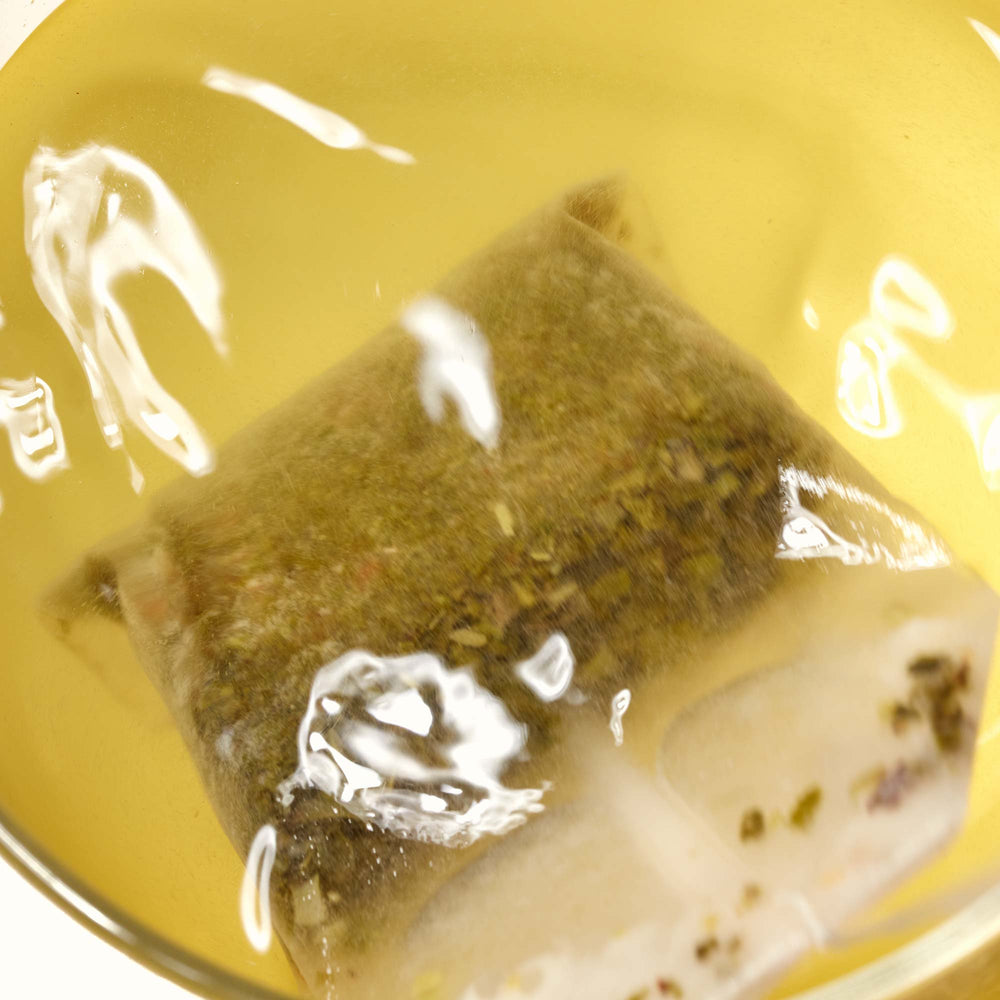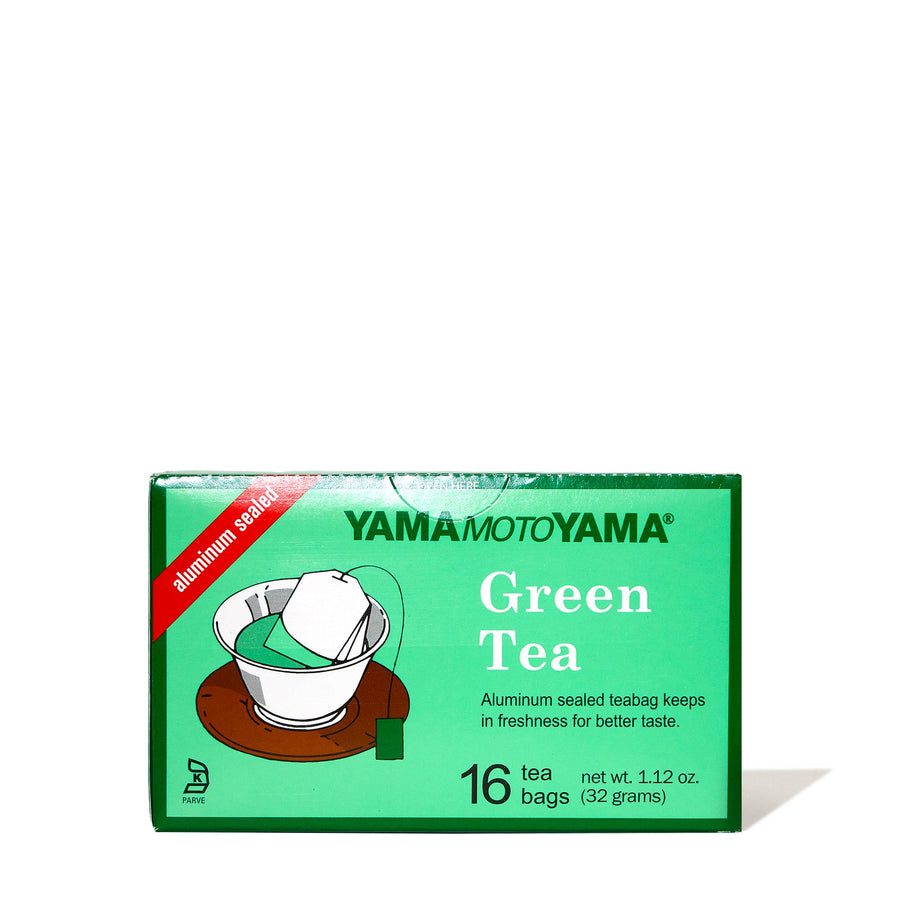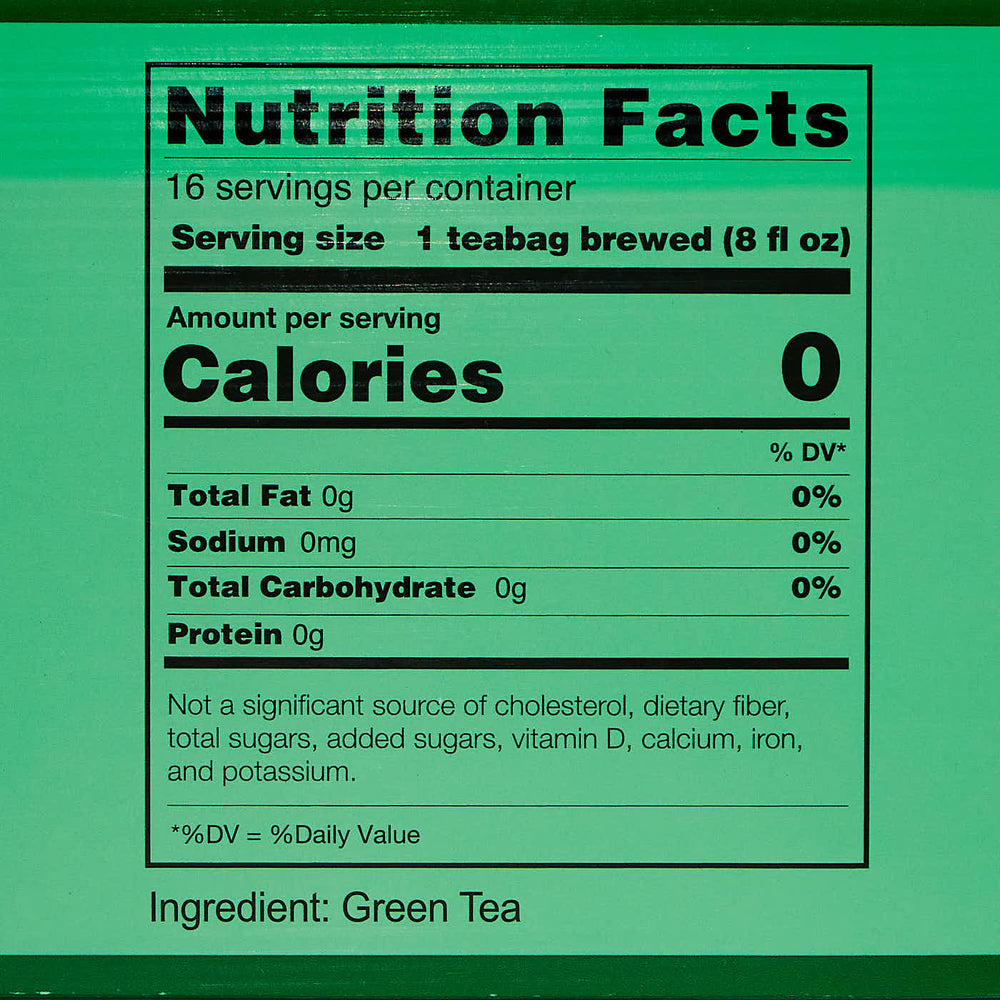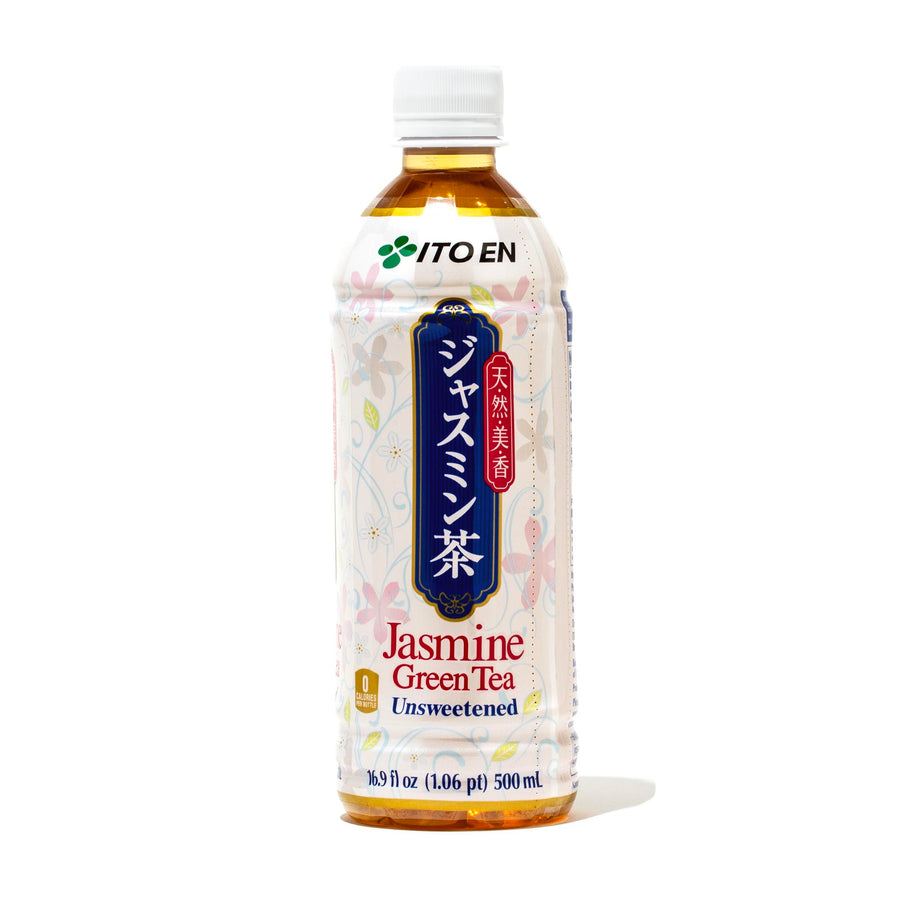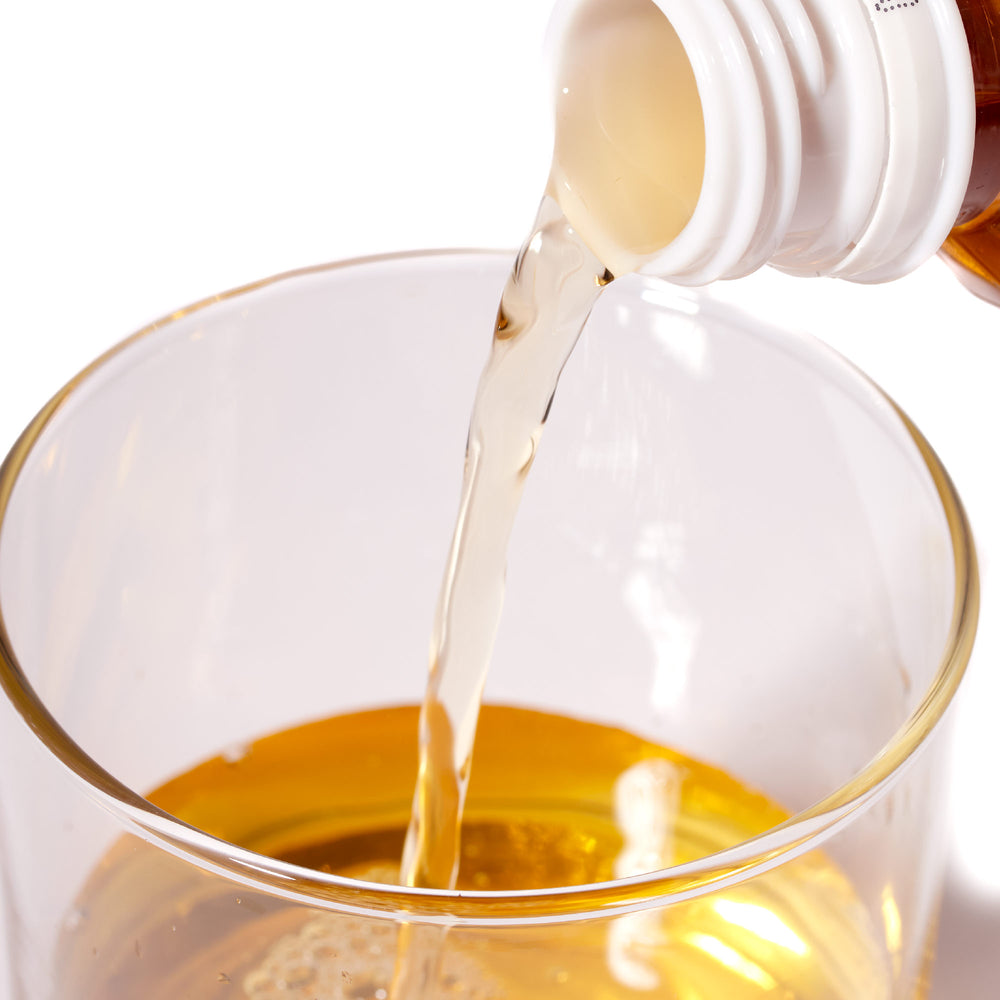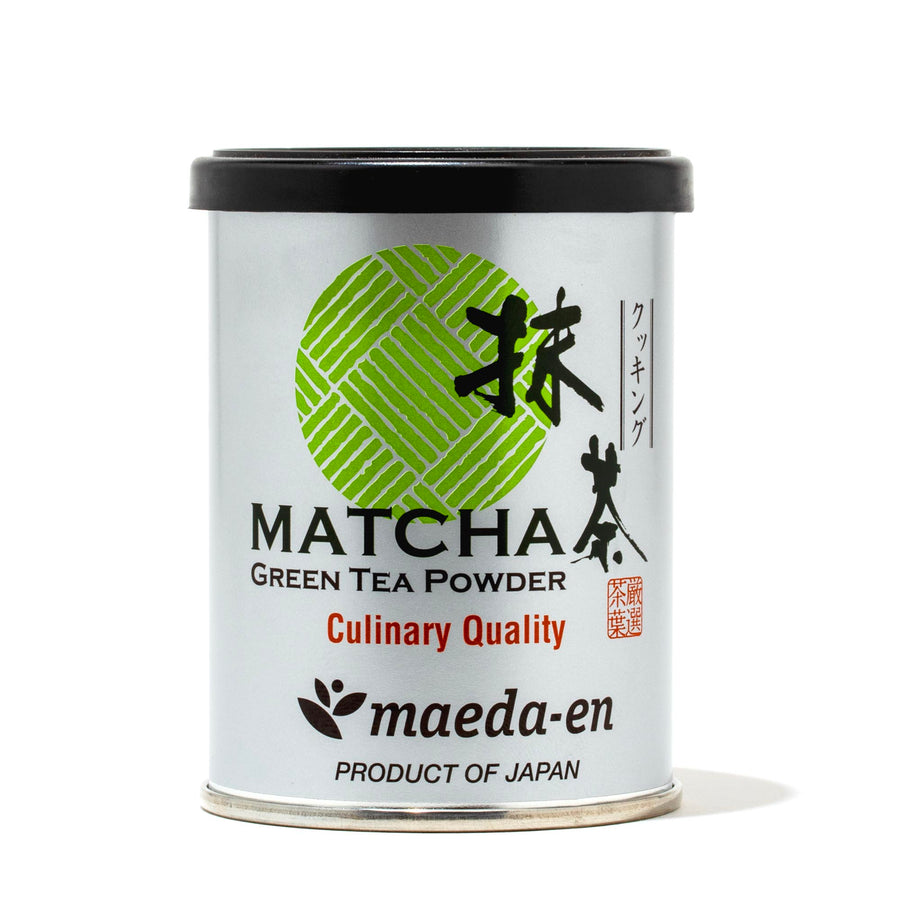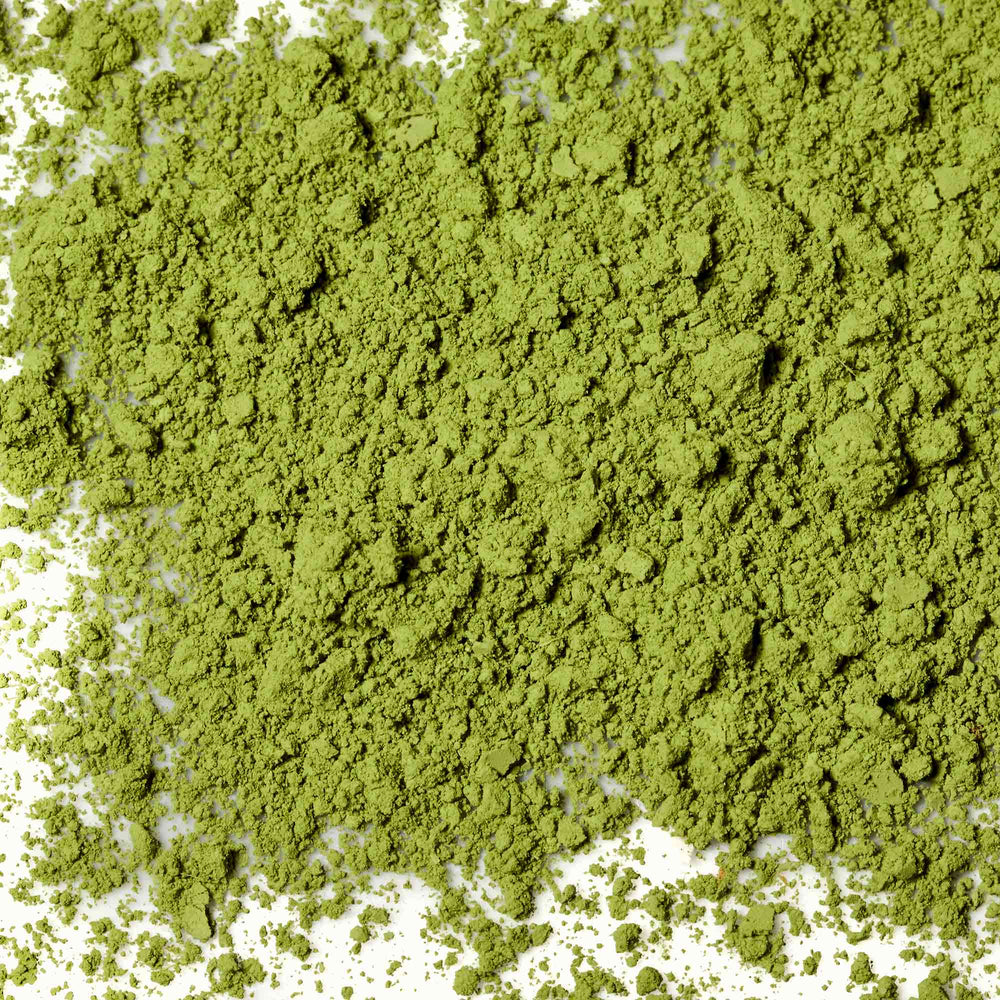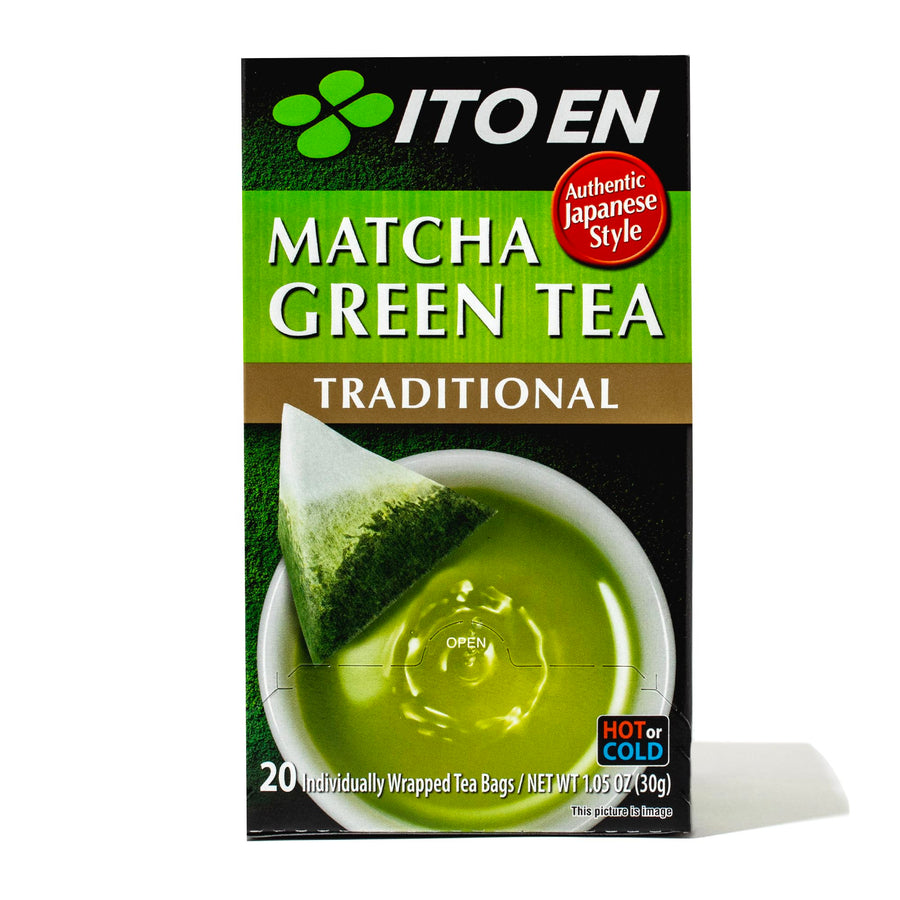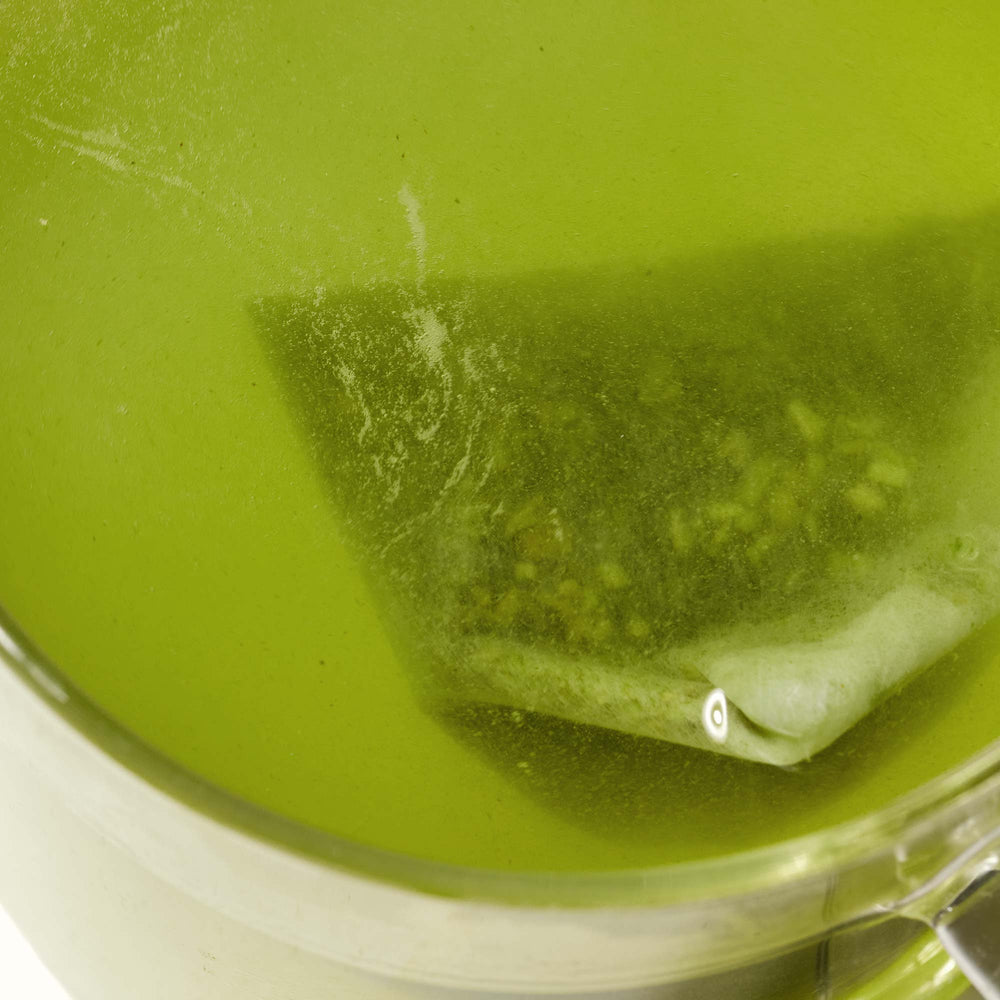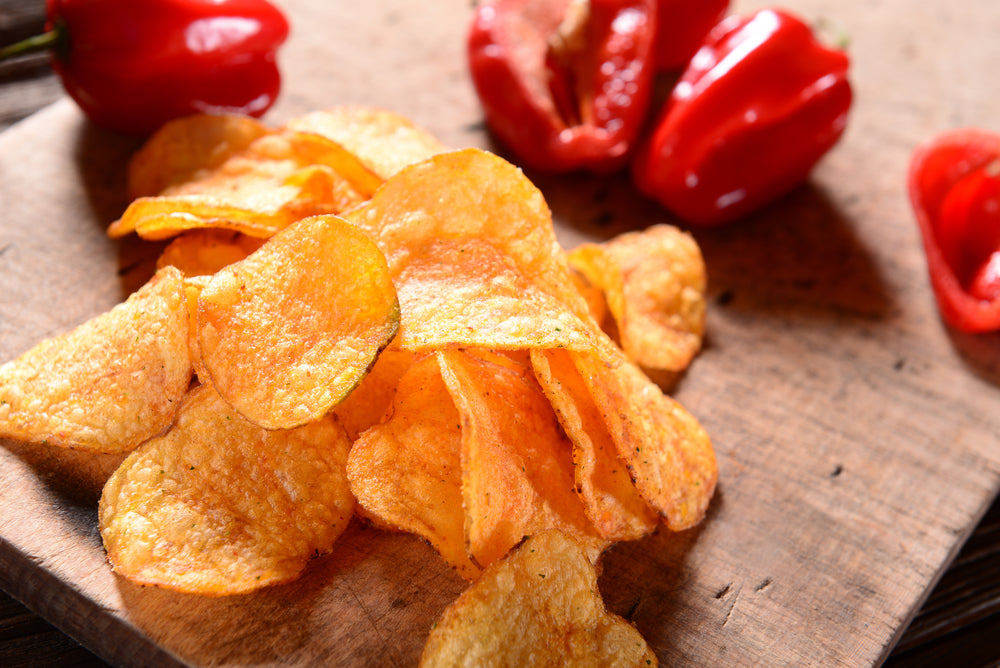Japanese Tea for Spring: Refreshing Brews to Savor the Season
Did you know about Japan’s unique system of classifying teas according to their time of harvest? Seasonal tea has been a part of the country’s culture for centuries, and you need to learn about how it works if you hope to find the best Japanese tea for spring in 2024.
Tea Harvesting Seasons in Japan
Most regions in Japan have three to four tea-harvesting seasons in a year. Let’s look at all four according to their timeline throughout the year.
-
Ichibancha - lasts from early April to early June
-
Nibancha - begins in June or July
-
Sanbancha - lasts from mid August to mid September
-
Shuutoubancha or Harubancha - lasts from mid October to mid November
Ichibancha falls in the spring and marks the start of the tea harvest in various regions of the country. The Japanese spring teas harvested in that period are celebrated for their fresh, vibrant flavors that capture the essence of the season.
The Significance of Spring Tea in Japanese Culture

Tea has been an important part of Japanese culture ever since the first tea leaves were imported from China in the 7th century. However, spring teas play an even more vital role. The tea ceremonies that take place in spring are integral to celebrating the renewal and beauty of the season.
Another reason spring teas are so important is that Ichibancha is considered the harvest season that produces the highest quality of Japanese teas. Green teas like matcha, sencha, gyokuro, and shincha fit into this category and are revered among tea lovers in the country for their superb taste and extensive health benefits.
The Health Benefits of Japanese Spring Tea
The green teas harvested during springtime are globally famous for their health benefits. They are among the healthiest drinks you can enjoy. Here’s a list of some of these benefits:
-
Good source of antioxidants: Japanese spring tea contains powerful antioxidants like catechin and vitamins (C and E, especially) that help to prevent cancer and boost the overall immune system.
-
Stress reduction: They also contain theanine, which reduces blood pressure and relaxes muscles, making spring tea the perfect drink after a stressful day at work.
-
Weight management: Spring teas like matcha and gyokuro contain reasonable amounts of caffeine, which acts like a diuretic and can help with weight loss.
-
Cholesterol reduction: The catechin found in spring teas also lowers the formation of cholesterol that causes heart diseases and strokes.
-
Dental cleansing: They protect tooth enamel and reduce problematic acids in the mouth that cause cavities.
-
Anti-aging: Vitamins in spring teas reduce blemishes and wrinkles, making the skin look more beautiful and youthful.
Top Japanese Teas for Spring
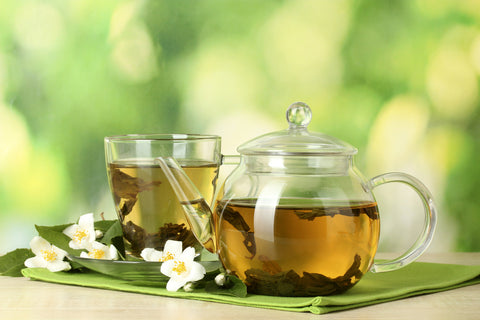
In this section, we’ll explore a selection of must-try Japanese teas for the spring season.
-
Matcha tea: Matcha is one of Japan’s most influential teas and an integral part of traditional tea ceremonies. It comes in fine powder and has a vibrant and slightly bitter taste. The highest grade of matcha is harvested in the spring, making it a must-try seasonal tea from April to June. If you want sweet umami flavors in your tea, matcha is the ideal choice.
-
Sencha tea: Another green tea, sencha is made of whole leaves that can be infused in hot water. It's Japan’s most popular tea and is perfect for celebrating spring. Like matcha, sencha also has bitter notes of umami.
-
Sakura tea: Also called sakurayu, sakura tea is made by infusing pickled cherry blossom petals with hot water. It’s a springtime herbal tea common during hanami (cherry blossom viewing) festivals, which are celebrations of the sakura tree. Sakura tea has a salty and floral taste. The fact that sakura trees bloom in spring makes sakurayu even more special.
-
Amacha tea: This sweet herbal tea has deep roots in Japanese Buddhism. Amacha is used during ceremonial celebrations of Budda’s birthday on April 8. Depending on type, it contains natural sweeteners that can be up to 800 times sweeter than regular sugar.
-
Shincha tea: Shincha is basically tea leaves obtained from the first harvest of sencha during Ichibancha season. Hence, it’s one of the most coveted types of tea in Japan, especially in spring. Shincha has a more delicate and sweet taste than sencha. It’s the highest-quality tea you can find anywhere in the country.
-
Genmaicha tea: This is a type of green tea mixed with roasted brown rice. The rice gives it a unique, nutty taste. The best genmaicha are harvested as close to spring as possible. We recommend that you enjoy the freshness of Yamamotoyama Genmaicha in April from anywhere in the world.
Japanese Green Tea: A Spring Favorite
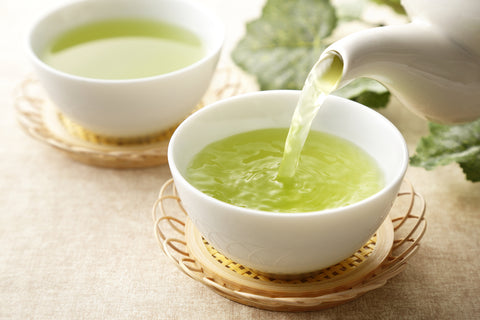
As we mentioned earlier in this post, green teas are seasonal favorites during spring in Japan. Let's dive into the various types and their biggest benefits:
-
Sencha: It is the healthiest green tea, filled with antioxidants.
-
Shincha: It is sweeter and rarer than other green teas.
-
Gyokuro: It is typically harvested in May and is considered a premium tea because of the hard work put in by farmers during the harvesting process.
-
Matcha: It is an everyday tea that’s readily available and perfect for any occasion.
Exploring Seasonal Tea Varieties

There are other Japanese teas to enjoy in spring, even if they were not harvested during that period. Sakura-flavored black tea is one of them. It produces a sweet floral taste while staying in tune with the occasion. Blending sakura leaves with matcha powder gives you another springtime flavor with a twist.
Moving on from sakura, another popular blend that’s ideal for spring is strawberry-flavored sencha. It brings a fruity and earthy taste to your teacup. If you’d like to try this blend, we recommend Yamamotoyama Premium Green Tea.
Lastly, jasmine green tea is perfect for health conscious people looking for tea with a lower caffeine level and more vitamins.
Brewing the Perfect Cup of Spring Tea

And now for some tips and techniques on brewing Japanese spring teas to maximize their flavor and aroma, ensuring a perfect cup every time.
-
Invest in a proper Japanese teapot for brewing.
-
Always do your due diligence to find out the correct leaf to water ratio for each type of tea you prepare. A mini electronic scale could help you take more accurate measurements.
-
Spring water is the best for brewing Japanese tea.
-
When mixing tea with other ingredients or tea flavors, use culinary-quality tea, such as Maeda-en Matcha Green Tea Powder.
-
Store your tea in a canister away from bright light, heat, moisture, and foul odors.
Pairing Japanese Tea with Spring Foods

Below are food pairings that complement the delicate flavors of Japanese spring teas, enhancing both the tea and the seasonal dishes.
-
Genmaicha with sushi: The grassy tea flavor complements the simplicity of sushi.
-
Matcha and fruits: Matcha tastes good with fruits like strawberries, blueberries, apples, citrus, cranberry fruits, and bananas.
-
Sencha and seafood or vegetables: Pair sencha tea with sushi, shrimp, ginger, chamomile, or nori seaweed.
-
Sakura tea and scones: The sweetness and crunchiness of English scones are a perfect match for sakura.
-
Matcha and sakura mochi: The floral flavor of the rice cake balances out the bitter taste of matcha.
Where to Find Authentic Japanese Spring Tea
In Japan, you can buy authentic Japanese spring tea in grocery stores, tea shops, and supermarkets. However, you need a reliable online platform like Bokksu Market if you want to get premium teas outside Japan. We stock authentic and affordable products like the 20-bag Itoen Traditional Matcha Green Tea. Plus, all of our traditional teas are shipped to you directly from Japan.
Embracing the Tradition of Spring Tea
Experience the joys that come with spring by exploring as many seasonal teas as you can. They will not only thrill your taste buds but they will also help to improve your health. Start with the recommendations we provided in this article, and when you’re ready, explore Bokksu Market for more Japanese spring tea options. We’re more than happy to help you discover the refreshing and rejuvenating qualities of these seasonal brews.
Author Bio


